Bengaluru: The Karnataka High Court (HC) has directed the State Government not to transfer or alter any movable or immovable assets related to the Chamundeshwari Temple atop Chamundi Hill in Mysuru.
The order was issued yesterday by a Single-Judge Bench led by Justice Hemanth Chandangoudar while hearing a petition filed by Pramoda Devi Wadiyar, a member of the erstwhile Mysore royal family.
Wadiyar’s petition challenges the legitimacy of the Sri Chamundeshwari Temple Development Authority, established under the Shree Chamundeshwari Kshetra Development Authority Act, 2024.
Recently, Chief Minister Siddaramaiah chaired the first meeting of the Chamundeshwari Temple Development Authority, during which he directed to transfer all the movable and immovable assets of the Temple from the Muzrai Department to the Authority.
Case still under review
During yesterday’s hearing, the petitioner’s advocates argued that the ownership dispute over the Chamundeshwari Temple area has been ongoing for over 20 years. Although the High Court dismissed a petition filed by the royal family in 2004, an appeal against that decision remains pending and the case is still under review.
The advocates contended that the creation of the Authority through legislative action while the case is still in Court violates Rules 81 and 161 of the Karnataka Legislative Assembly’s procedures and conduct. The Bill was introduced on Feb. 19, 2024, and approved as law on Feb. 21 without any discussion, leading the petitioners to question the legitimacy of the law.
Similarly, the dispute has been ongoing in Court for the past 23 years with no action from the Government. The royal family has been seeking a prompt hearing of the appeal, the Court was told.
“Over the past year, the Court has also directed the Government to maintain the status quo and avoid taking any action within the Chamundeshwari Temple area. While the case is still under judicial review, the Government should have approached the Court before introducing the legislative Bill. By moving forward with the formation of the Authority without this step, the Government has demonstrated a lack of respect for the Court,” the petitioner’s lawyers argued.
Disrupting religious traditions
The Chamundeshwari Temple area is private property of the Mysore royal family, and the Government has no authority to intervene. The establishment of the Development Authority would place the Temple’s assets and valuables under Government control, potentially disrupting the Temple’s centuries old religious practices and traditions, they argued.
“Traditionally, the Chamundeshwari Temple is closed for an entire day if a death occurs within its precincts. However, despite a recent death, the Temple was opened for a prominent politician, and there have been rapid changes to both movable and immovable assets,” the petitioners said.
Government has powers: AAG
Additional Advocate General (AAG) N. Devadas, representing the Government, argued that the petitioners were raising unrelated issues. He stated that under Article 212 of the Constitution, the Government has the authority to act.
“If the petitioners wish to challenge the validity of the law or the Authority, they should do so directly. However, challenging the legislative process is not permissible,” he argued. Devadas sought additional time to file objections to the petitioner’s arguments. The Court adjourned the hearing to Sept. 25.



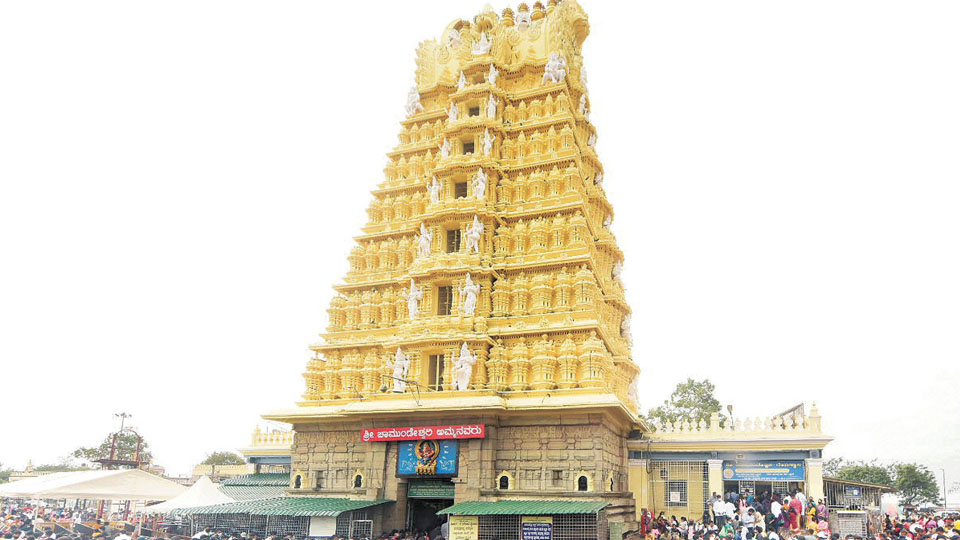
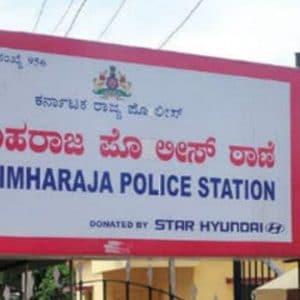
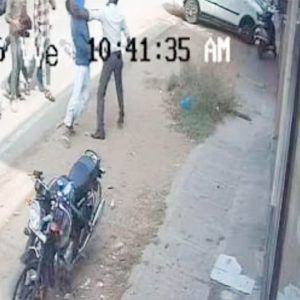
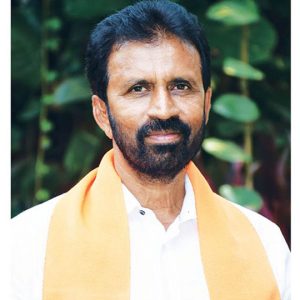
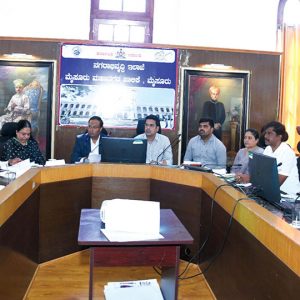
Recent Comments